This cat shaped nightlight has an adorable exterior. However, the color change mode suddenly switches from color to color instead of smoothly blending. This makes the nightlight seem more like a party accessory than something to help my kid fall asleep. Worse, it's too easy to accidentally switch the lamp into color cycle mode when trying to turn it off.
I'm updating the electronics with a small Arduino microcontroller and some strips of WS2812B LEDs. The software needs to have some pleasant color cycling modes as well as making it so that the lamp is more user friendly to use.
 Matthew Reeves
Matthew Reeves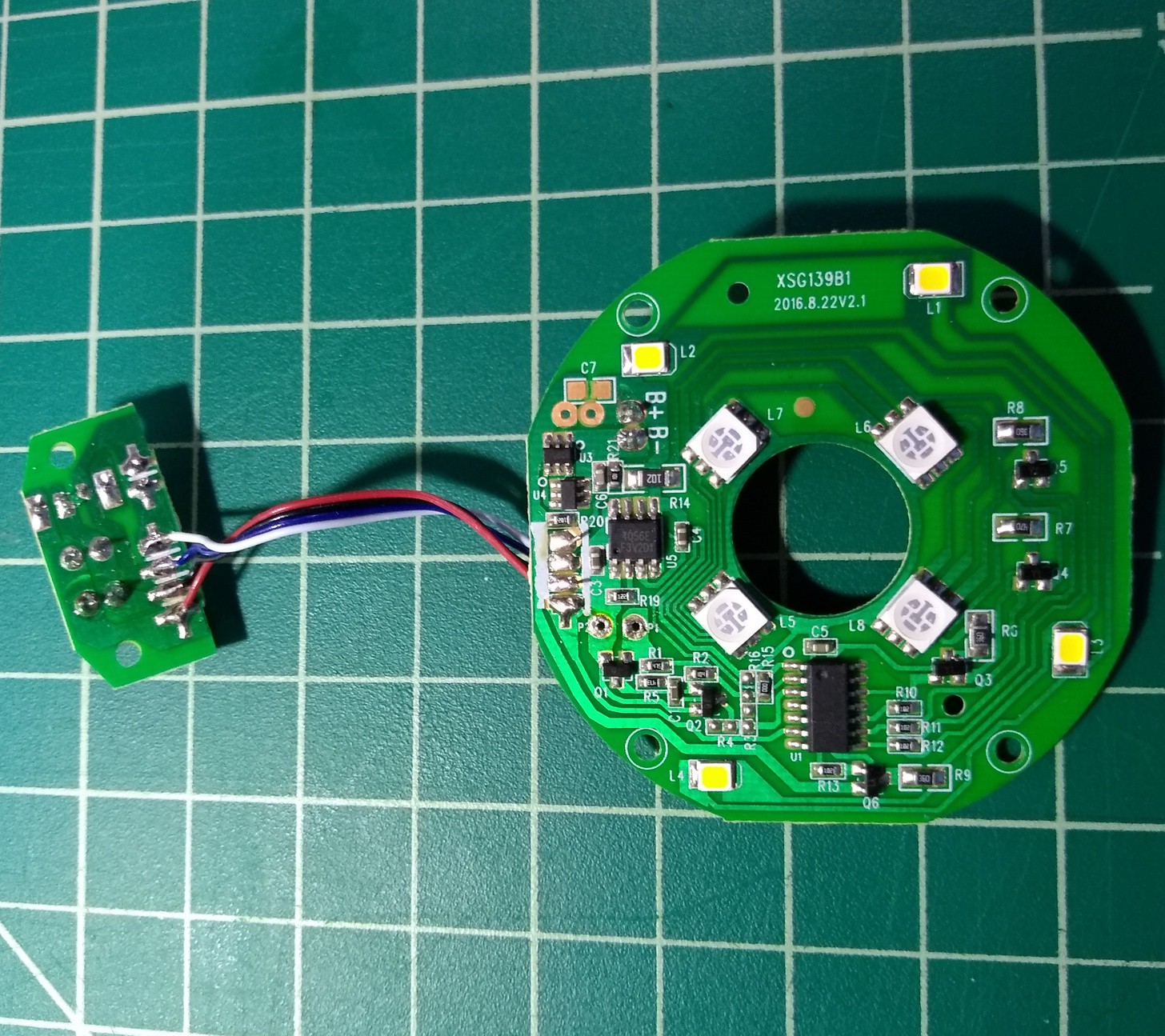
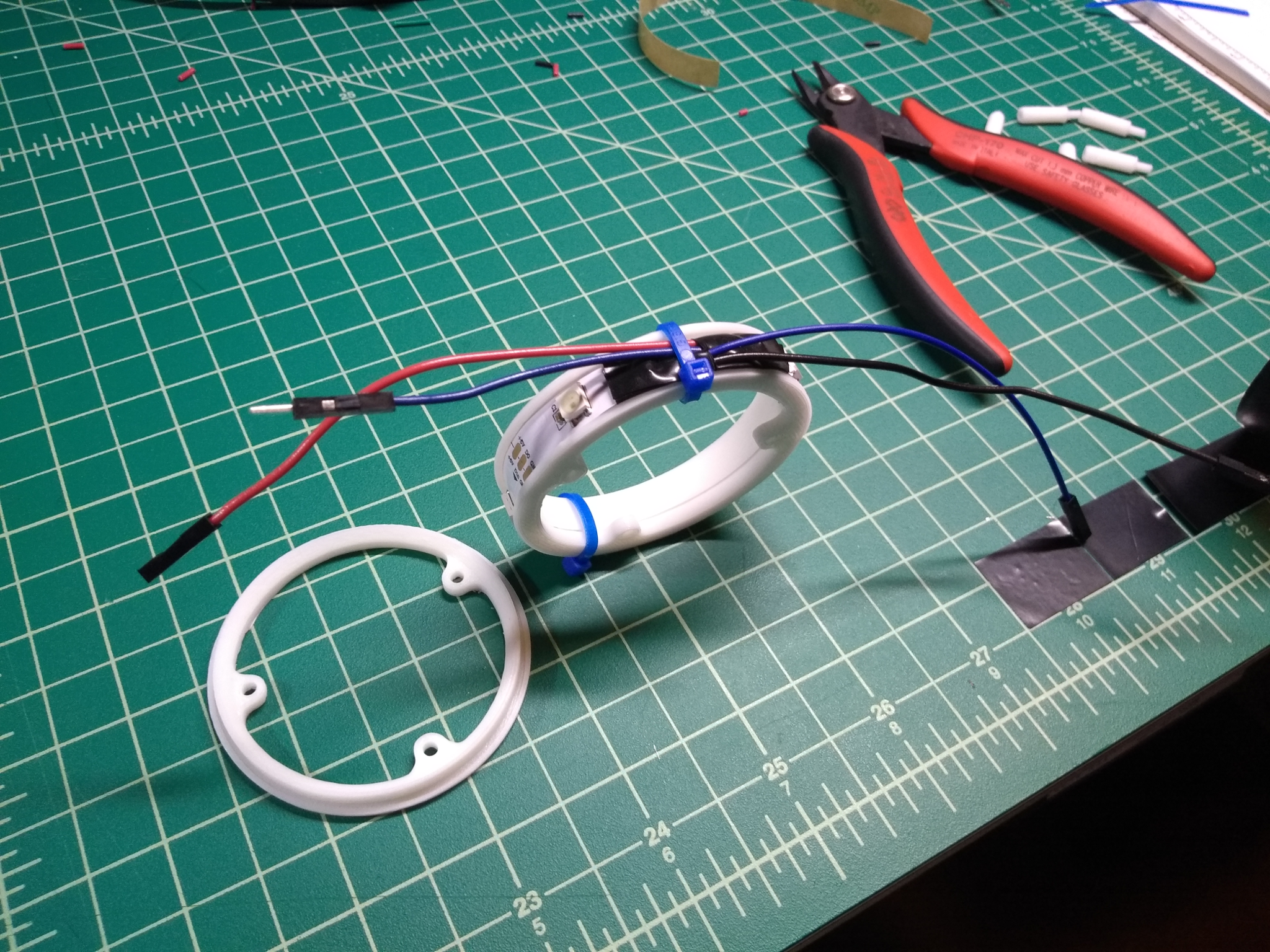
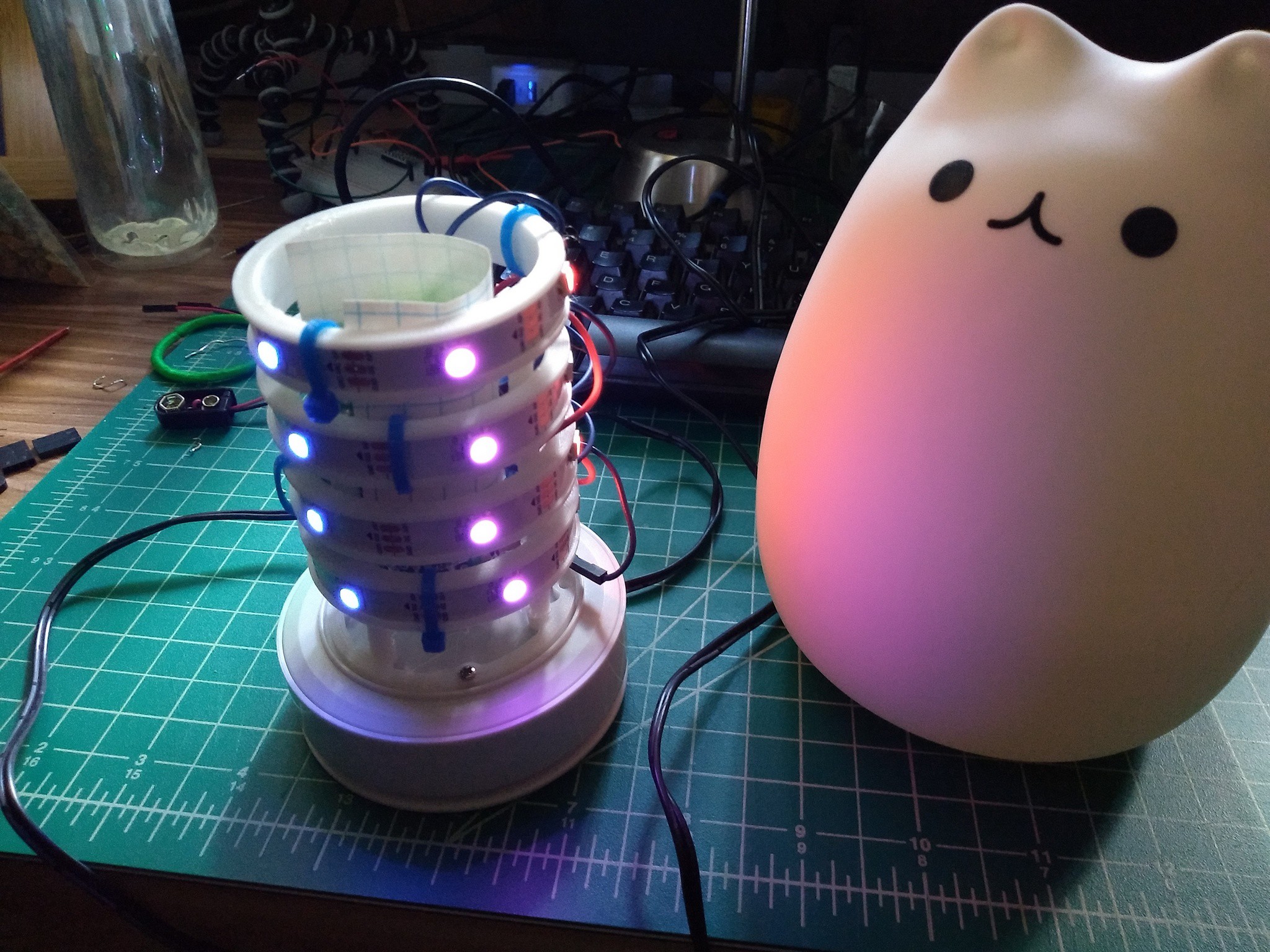
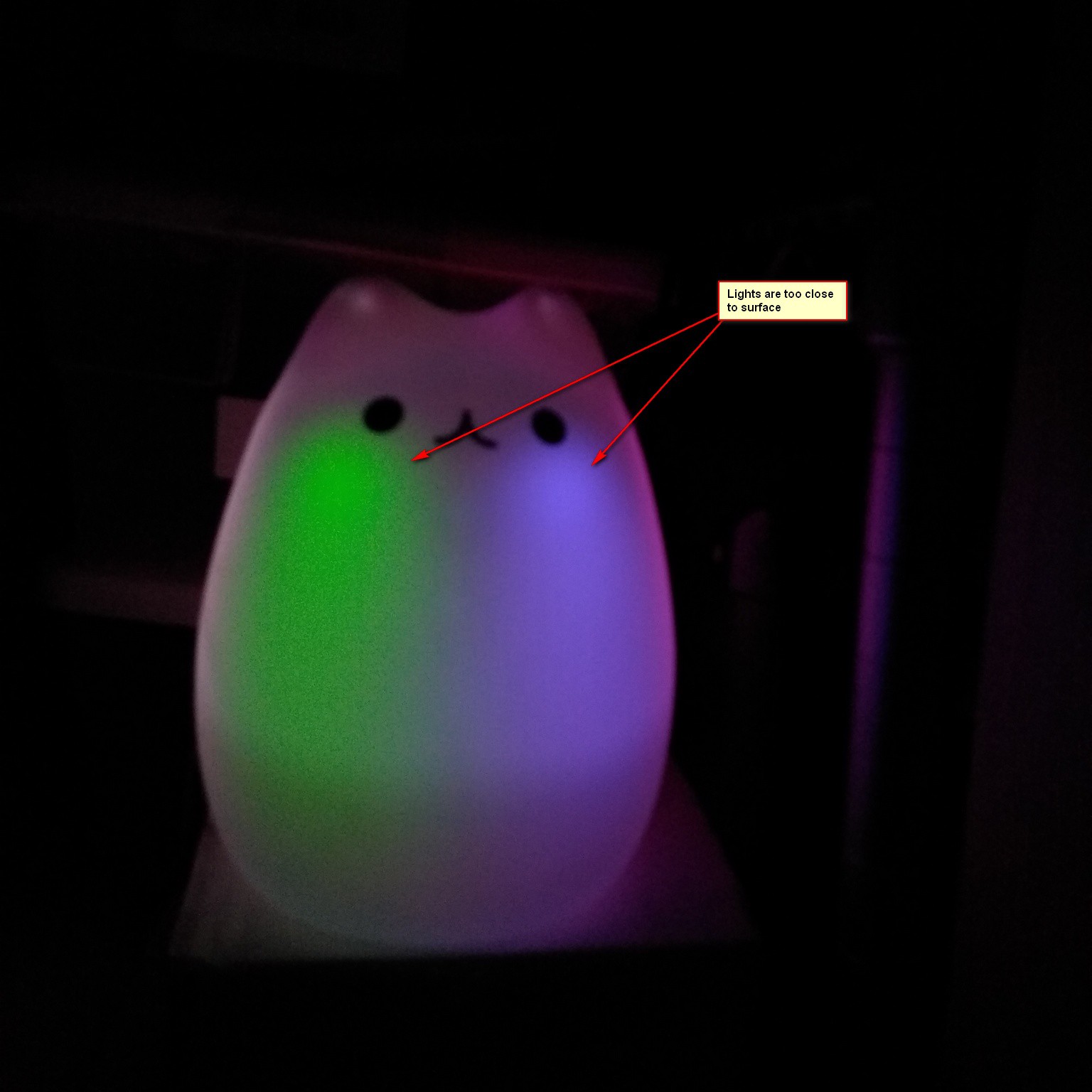

 Hulk
Hulk

 Chris B
Chris B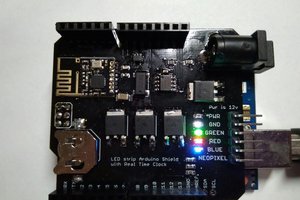
 Ben Lim
Ben Lim